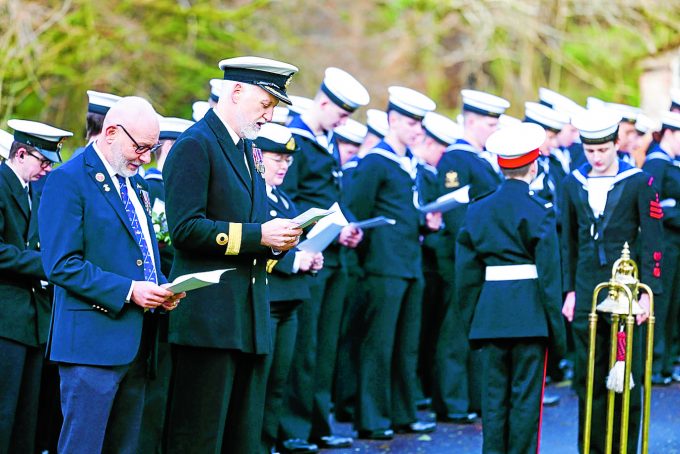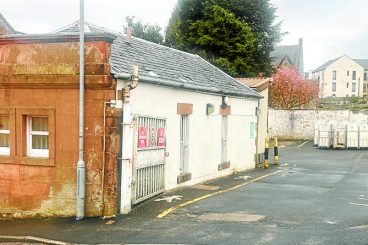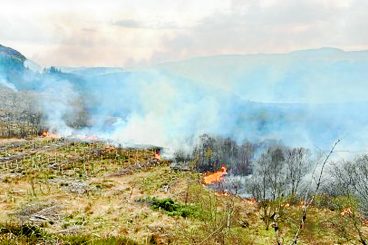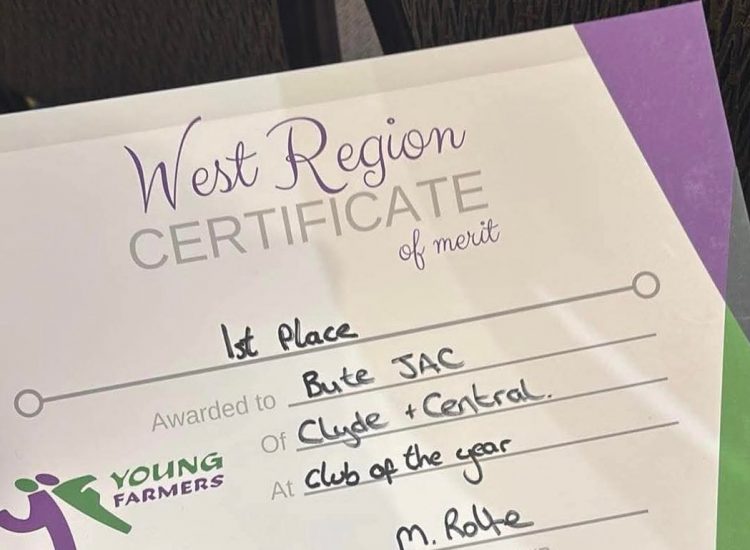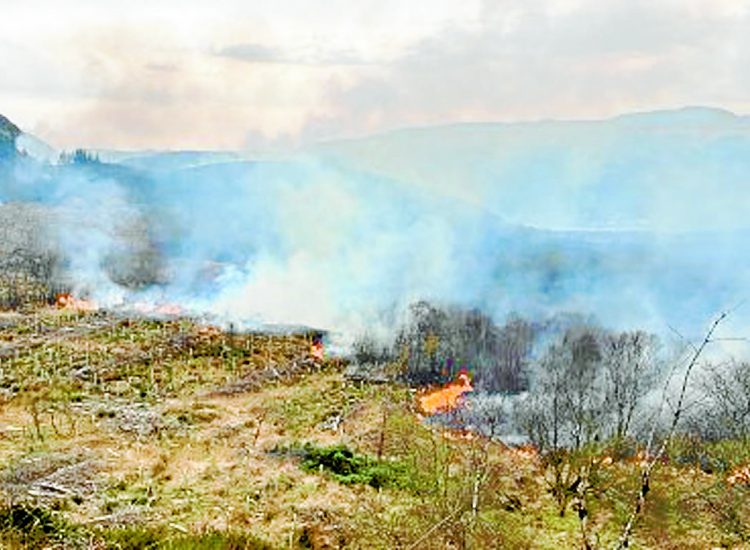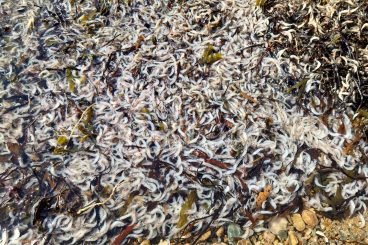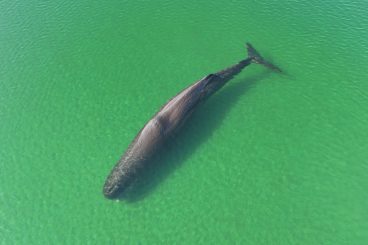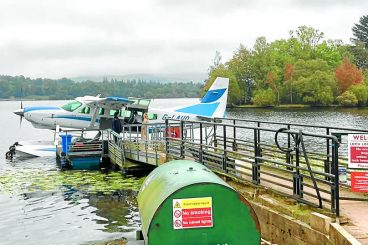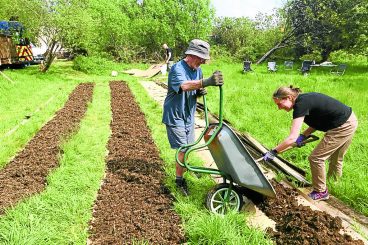IT HAS been 108 years since Royal Navy Submarine K13 sank in the Gareloch during routine trials on January 29, 1917.
Veterans, serving and trainee submariners came together to remember the 32 individuals whose lives were lost that day.
Over the weekend of January 24-26, more than 100 serving and veteran submariners took part in remembrance events held in honour of the tragic maritime accident. Andy Knox, primary organiser, and chairperson of the Submariner’s Association – West of Scotland Branch (WoS), was in attendance.
Andy said: “The K13 memorial weekend is of the utmost importance to both the veteran community and serving submariners, it is hugely significant that we, as a community remember those brave submariners that paid the ultimate price for our freedom. It is also poignant that the trainee submariners attend the event every year as they are made aware of our history, heritage, and ethos.”
The Submarine family was vital in ensuring the events took place this weekend, as without their generous funding, the event wouldn’t be what it is. Andy, along with members of the Submarine Qualifying Course (SMQ), Base Executive Department, and the Clyde Security Team ensured that veterans and naval families, some of which had ties to K13, could be present over the weekend.
On Saturday, January 25 attendees were transported to Elder Park, Govan, where a small memorial service and wreath laying took place. Fairfield supervisor John Steel was onboard when the boat went down – his body was never found. The Govan Memorial is opposite to the Fairfield Shipyard and pays homage to the employee who lost his life that day.
After the service those attending returned to HM Naval Base Clyde, where a remembrance dinner was held by the Submariner’s Association. During the dinner, they raised over £800 for the Multiple Sclerosis (MS) Society Dumbarton. Trainee submariners were also invited along to the dinner.
On Sunday, January 26 members made their way across to Faslane Cemetery, where a memorial service was held, in remembrance to the tragedy. During the service, retired Commander Chris Leggett MBE, Vice Chairperson of the Submariner’s Association WoS, laid a wreath on Commander Goodharts grave.
Also in attendance were the Helensburgh Sea Cadets, who had the honour of ringing K13’s bell, as a mark of remembrance. It was sound 32 times with each ring representing a life that was lost.
Commander Submarine Flotilla, Commodore Paul Dunn OBE, attended both memorial services. He remarked: “This weekend the submarine community joined together to commemorate the loss of K13. From veterans to our newest recruits, the weekend was a reminder of the sacrifice that previous generations of submariners and industry made to enable our submarine service to evolve into the modern capability we are able to deploy around the world today.”
K13 was one of twelve K Class submarines – steam engine operated. With the yard number 522 at Fairfield’s Govan shipyard, she was laid down in October 1915. A little over a year later, in November 1916, she was officially launched.
During her final routine trials in 1917, she had a flood in the engine room. Commanding Officer, Lieutenant Commander Godfrey Herbert ordered the watertight doors shut and the ballast tanks to be blown, then for the drop keels released. Unfortunately, she took on too much water and sunk as a result.
There was a total of 80 people on board. 53 were crew and 14 were employees of the shipbuilders. Of a further ten, five were sub- contractors and the other five were Admiralty officials, as well as Joseph Duncan, a River Clyde pilot. Also on board, was Engineering Officer Lieutenant Leslie Rideal and Commander Francis Goodhart, both from her sister ship, K14, still under construction.
After failed rescue attempts, Herbert and Goodhart attempted to escape by using the space between the outer and inner hatches of the conning tower. Herbert made it to the surface and helped conduct the rest of the rescue. However, Goodhart’s body was later discovered trapped in the Wheelhouse.
On March 15, K13 was finally salvaged. She was repaired and recommissioned as HMS K22, remaining part of the 13th Flotilla for the rest of the war.
